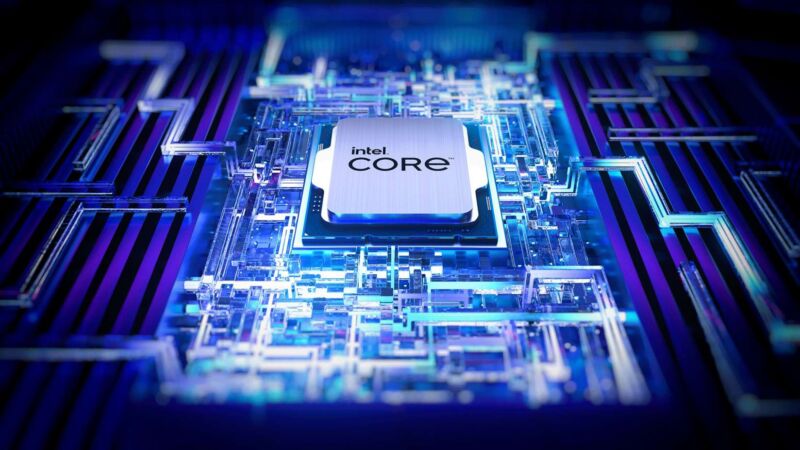Enlarge (credit: Intel)
The 13th-generation “Raptor Lake” Intel Core CPUs we’ve tested so far have performed well by virtue of throwing lots and lots of cores at most workloads, and the less-expensive processors in the lineup are going to take the same approach. The number of large high-performance P-cores is staying the same, but CPUs from i5 to i9 are all picking up extra E-cores to help with rendering, encoding, and other high-end professional apps that can use every CPU core you give them.
Leaks and other early reports appear to have gotten everything from core counts to clock speeds to cache size mostly correct, so if you’ve been paying attention, none of today’s announcements will come as a surprise. But for people who aren’t familiar, the short version is that these are riffs on the 12th-gen Alder Lake CPUs’ hybrid architecture, and their designs haven’t changed much. They’ll
